
eBook - ePub
Sheep Ailments
Recognition and Treatment
Eddie Straiton
This is a test
Partager le livre
- 192 pages
- English
- ePUB (adapté aux mobiles)
- Disponible sur iOS et Android
eBook - ePub
Sheep Ailments
Recognition and Treatment
Eddie Straiton
Détails du livre
Aperçu du livre
Table des matières
Citations
À propos de ce livre
Eddie Straiton is the world's outstanding communicator of veterinary procedures and animal care. He earned the title 'TV Vet' from the long series of television programmes in which he brilliantly demonstrated animal husbandry to a wide audience. Following on from his television experience, Eddie became a prolific author, and more than half a million copies of his books have been sold around the world. Now in its seventh edition, Sheep Ailments, Recognition and Treatment covers all the essential information that a flock owner, shepherd or student needs to know, featuring a concise, clear text based around a large number of specially-commissioned photographs.
Foire aux questions
Comment puis-je résilier mon abonnement ?
Il vous suffit de vous rendre dans la section compte dans paramètres et de cliquer sur « Résilier l’abonnement ». C’est aussi simple que cela ! Une fois que vous aurez résilié votre abonnement, il restera actif pour le reste de la période pour laquelle vous avez payé. Découvrez-en plus ici.
Puis-je / comment puis-je télécharger des livres ?
Pour le moment, tous nos livres en format ePub adaptés aux mobiles peuvent être téléchargés via l’application. La plupart de nos PDF sont également disponibles en téléchargement et les autres seront téléchargeables très prochainement. Découvrez-en plus ici.
Quelle est la différence entre les formules tarifaires ?
Les deux abonnements vous donnent un accès complet à la bibliothèque et à toutes les fonctionnalités de Perlego. Les seules différences sont les tarifs ainsi que la période d’abonnement : avec l’abonnement annuel, vous économiserez environ 30 % par rapport à 12 mois d’abonnement mensuel.
Qu’est-ce que Perlego ?
Nous sommes un service d’abonnement à des ouvrages universitaires en ligne, où vous pouvez accéder à toute une bibliothèque pour un prix inférieur à celui d’un seul livre par mois. Avec plus d’un million de livres sur plus de 1 000 sujets, nous avons ce qu’il vous faut ! Découvrez-en plus ici.
Prenez-vous en charge la synthèse vocale ?
Recherchez le symbole Écouter sur votre prochain livre pour voir si vous pouvez l’écouter. L’outil Écouter lit le texte à haute voix pour vous, en surlignant le passage qui est en cours de lecture. Vous pouvez le mettre sur pause, l’accélérer ou le ralentir. Découvrez-en plus ici.
Est-ce que Sheep Ailments est un PDF/ePUB en ligne ?
Oui, vous pouvez accéder à Sheep Ailments par Eddie Straiton en format PDF et/ou ePUB ainsi qu’à d’autres livres populaires dans Technik & Maschinenbau et Tierhaltung. Nous disposons de plus d’un million d’ouvrages à découvrir dans notre catalogue.
Informations
Sous-sujet
TierhaltungObstetrics
36 How Long Should Ewes be Kept?
Some time ago I asked a farming friend of mine – one of the most successful sheep farmers I know – how long he kept his ewes. He replied, ‘Until they have been dead at least three days.’ This laconic retort, to my mind, sums up the commonsense approach to successful sheep farming.
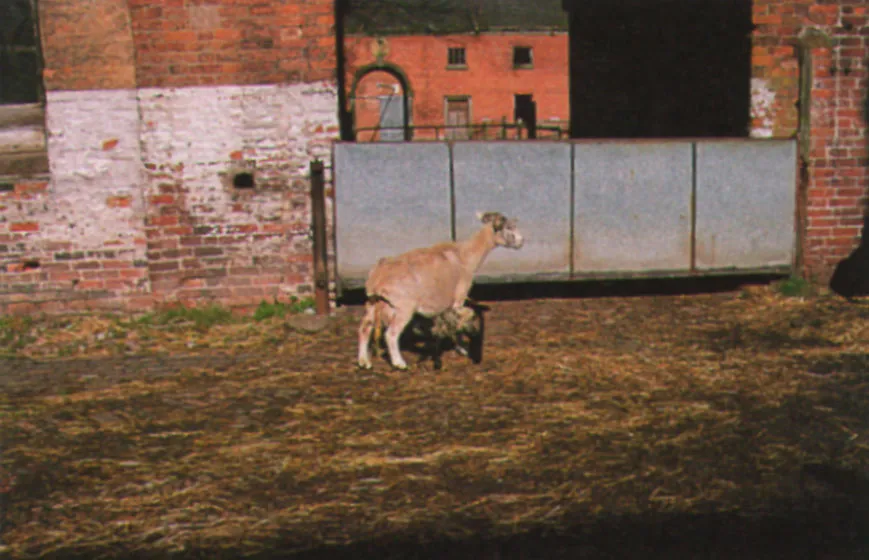
1
Provided the udder is sound and there has been no prolapse problems at the previous lambing, it is wise to keep the ewes as long as possible and that can mean many years. The ewe shown in photo 1 was 27 years old. She had had a crop of lambs every year for 24 years and her breeding career only came to an end when she required a Caesarean section.
The advantages of keeping these old ewes are obvious. Apart from the low capital outlay, the ewes acquire a powerful resistance against all the diseases encountered on that farm. For the same reason one should always breed one’s own replacements.
Bought-in sheep have little or no resistance to the resident local bugs and will take several years to settle down. This fact has been illustrated again and again during restocking.
37 Natural Lambing
It is easier to kill a ewe by lambing her prematurely or roughly than by shooting her with a humane killer. If you want to keep lambing losses to a minimum, the first basic fact to remember is that it always pays to give nature a chance.
Most ewes will lamb by themselves with no trouble whatsoever, as shown in the sequence of photographs that follows.

Appearance of the water bag. The lamb may or may not show.

Early signs. If the feet and head are presented, do not interfere.
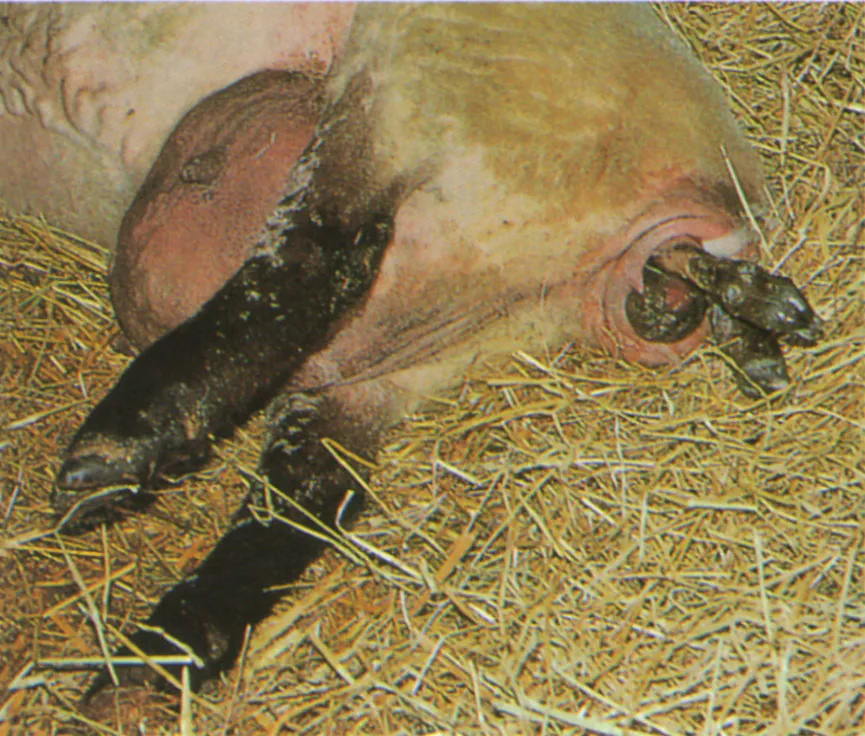
Rapid natural progress.

Head out and shoulders through the ewe’s pelvis.

Three-quarters of the way.

Nearly out.

The final push. A healthy live lamb.

If the ewe remains prostrate, she’s most likely having a second lamb. It is still wise to leave well alone.

The second lamb well on the way.
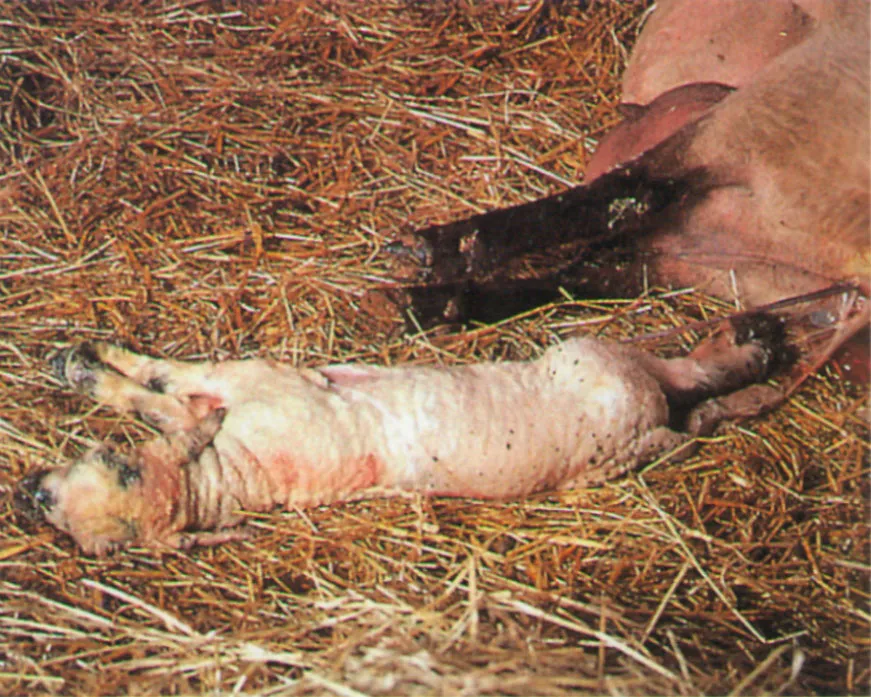
Birth of the second lamb.

The happy and healthy ending.
It is wrong to pull a lamb away quickly even when it is straight, because the sudden change in temperature and atmospheric pressure will often kill it. Every experienced shepherd has seen this happen: an apparently normal lamb is pulled away quickly – it takes one gasp and dies. Such death is due to shock.
This is a simple but nonetheless tremendously important point well worth bearing in mind. When the lamb is straight, never interfere unless the ewe ceases to make progress.
38 A Guide to Good Lambing
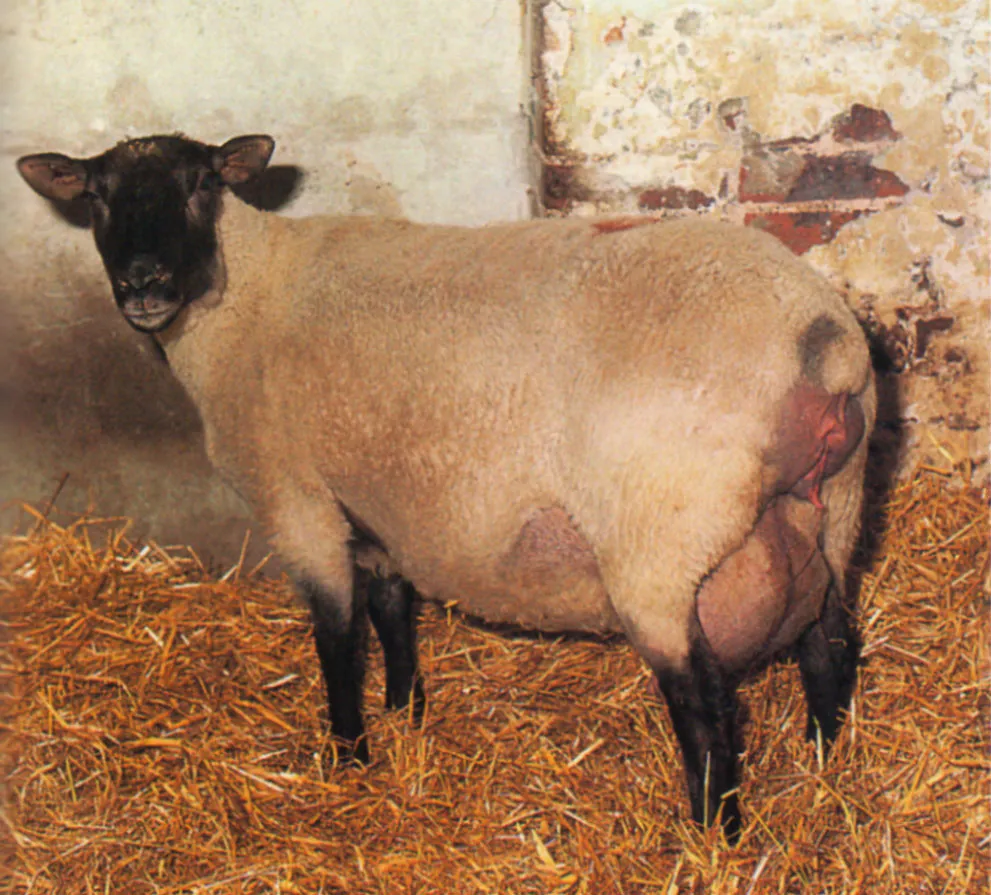
1
The percentage of malpresentations in the 2 ewe is comparatively small. In any case it is quite safe to leave a ewe in labour for at least 4 hours before examination (photo 1).
Apart from patience there are four golden rules at lambing time:
1. Cleanliness.
2. Getting the ewe into the correct position.
3. Lubrication.

2
4. Careful manipulation (photo 2).
Cleanliness

3
I know cleanliness in the field is not always easy, but I believe that, wherever possible, no examination should be attempted in the field. The suspect ewe should be loaded up and taken to the farm building (photo 3).
Transport is so easy on most farms that it’s ridiculous to attempt interference outside. At the building, the patient should be taken out, and prepared for examination on a clean bed of straw. And, of course, it is preferable and much more comfortable if the examination can be done under a roof.

4
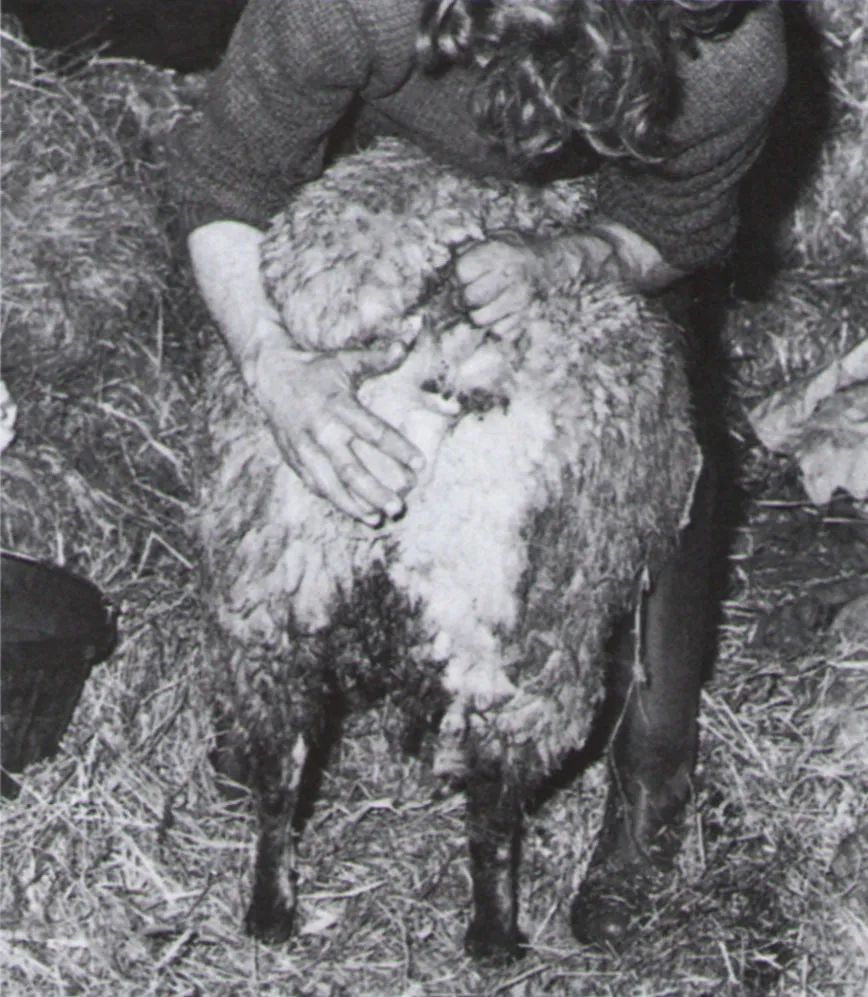
5
All the wool and dirt should be clipped from around the vulva (photo 4). This is a very useful hint, bec...